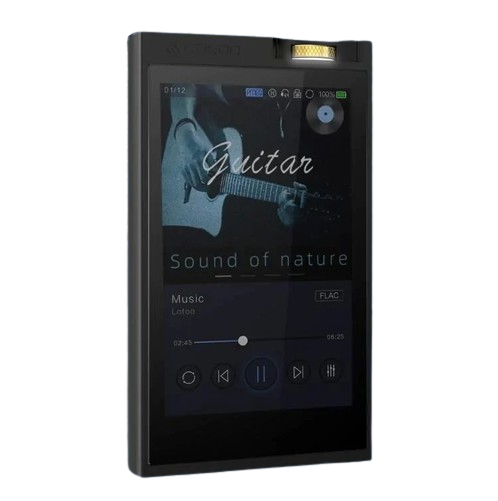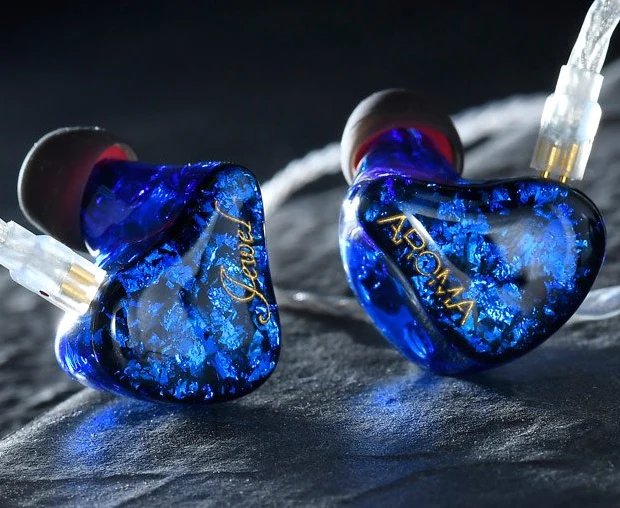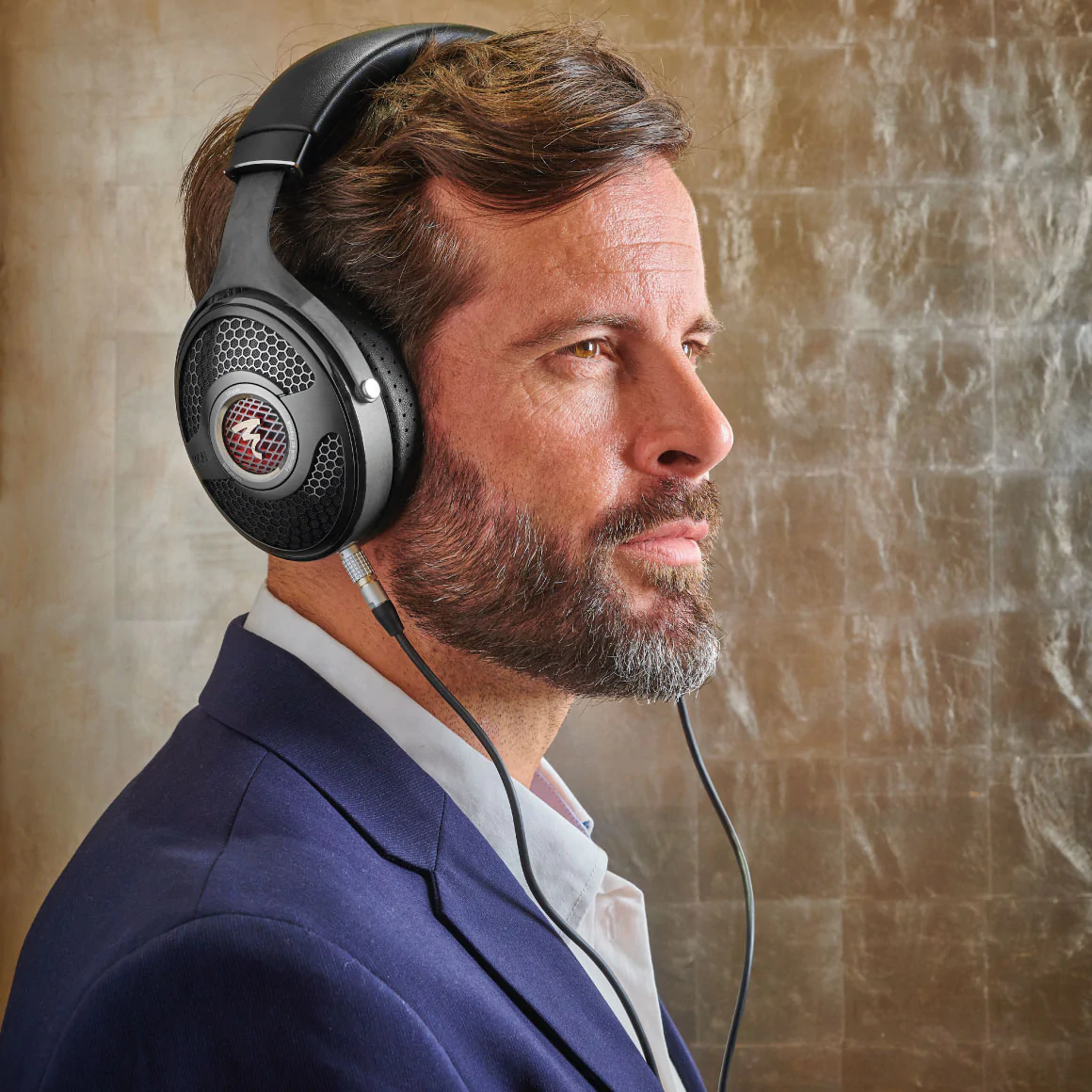Subtotal: £1,199.00
Why Portable Music Players Exist (and Why Your Phone Isn’t Enough for True High-End Sound)
Discover why audiophiles still use dedicated portable music players instead of smartphones. We cover DACs, Bluetooth limits, file quality, and why wired listening delivers reference sound.
In a world of limitless streaming apps and slick Bluetooth earbuds, it’s easy to assume your smartphone is the best way to listen.
If you care about reference-grade sound—the nuance, scale and realism artists put into their recordings—a dedicated portable music player (DAP) will outperform a phone almost every time.
The Problem With Phones
Compromised hardware
Phones are built to do everything. Audio is just one function competing with cameras, radios and processors.
The result? Tiny DAC chips, noisy power rails, and low-power amps that struggle to drive serious earphones.
Software & file limits
Even when you install a hi-res streaming app, phones often resample the signal. Many listeners are still on lossy MP3/AAC,
which discards fine detail long before it reaches your ears.
Battery priorities
Phones prioritise screen-on time and CPU tasks. High-quality audio draw can throttle performance or kill battery quickly; DAPs optimise power for clean, stable playback.
Why Bluetooth Isn’t Enough
Bluetooth is brilliant for convenience, but every popular codec—AAC, aptX, even LDAC—uses lossy compression to keep the stream stable.
Those bits it throws away are the micro-details and ambience that make music feel real.
| Codec | Typical Max Bitrate | Notes |
|---|---|---|
| AAC | ~256–320 kbps | Apple default. Polished, but lossy. |
| aptX / aptX HD | 352–576 kbps | Lower latency; still lossy. |
| LDAC | ~660–990 kbps | Best of Bluetooth, but not truly lossless in real-world use. |
| CD (for reference) | 1,411 kbps | Lossless baseline from the 1980s. |
Latency, radio interference, and environment can further reduce effective quality. For reference listening, Bluetooth is the bottleneck.
The Case for Wired Listening
- Bit-perfect: no compression, no packet loss.
- Clean power: a proper amp drives IEMs/headphones with authority and control.
- Consistency: immune to wireless congestion and OS updates changing codec behaviour.
Swap tips, pick a balanced cable (4.4mm Pentaconn), and let the hardware disappear—so it’s just you and the music.
What Makes a Portable Music Player Special?
Reference DACs
Dedicated ESS/AKM/Burr-Brown or R-2R designs deliver ultra-low distortion and wide dynamic range.
Proper amplification
High-voltage, low-noise headphone stages—often with balanced outputs—for effortless drive.
Hi-Res native
DSD, DXD, high-rate FLAC/WAV playback without resampling. Expandable storage for entire lossless libraries.
Isolated power & clocks
Audio-first layouts reduce jitter and noise that smear transients and soundstage.
Common Objections (and Honest Answers)
“Spotify sounds fine.”
At ~320 kbps it’s convenient. But a CD is 1,411 kbps and hi-res exceeds that by multiples.
If you’ve invested in serious earphones, feed them properly.
“I use a DAC dongle on my phone.”
Better than nothing, but you’re still fighting OS resampling, battery management and RF noise. A DAP integrates it all cleanly.
“AirPods are enough for me.”
They’re superb for convenience. For reference listening, wired IEMs on a quality player remain in a different league.
Phone vs Player: A Lifestyle Analogy
A phone tells the time. A Patek Philippe tells a story. Likewise, your phone plays music; a reference player reveals the recording—the room, the breath, the touch of fingers on strings.
FAQ
Do I need a portable player if I stream?
Yes—many DAPs support native hi-res streaming and output it bit-perfect to high-end IEMs/headphones.
Is Bluetooth ever “audiophile”?
It’s improving, but true reference listening is still best over a good cable with a clean amp.
Balanced vs single-ended outputs?
Balanced (e.g., 4.4mm) can reduce noise and increase power. It’s often the better choice with quality IEMs.
Ready to hear the difference?
We’ll help you choose the right player, cable and tips for your music and lifestyle.

 PAW 6000
PAW 6000 

